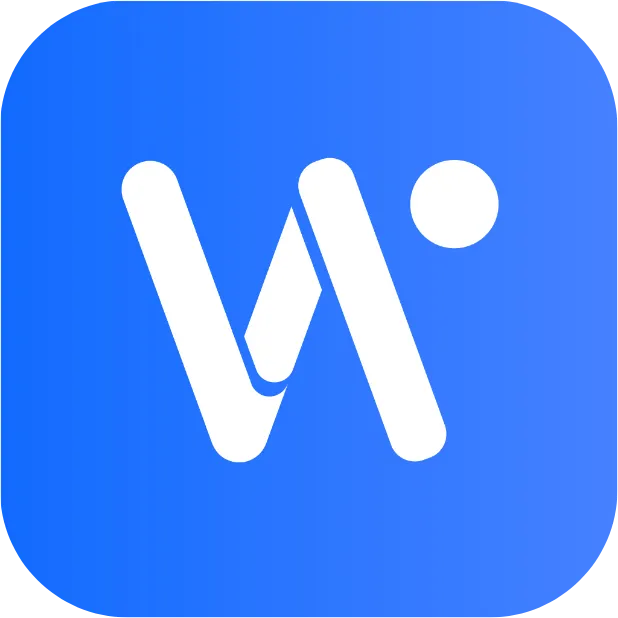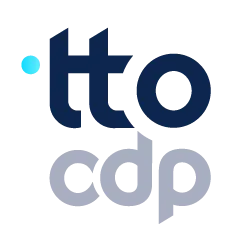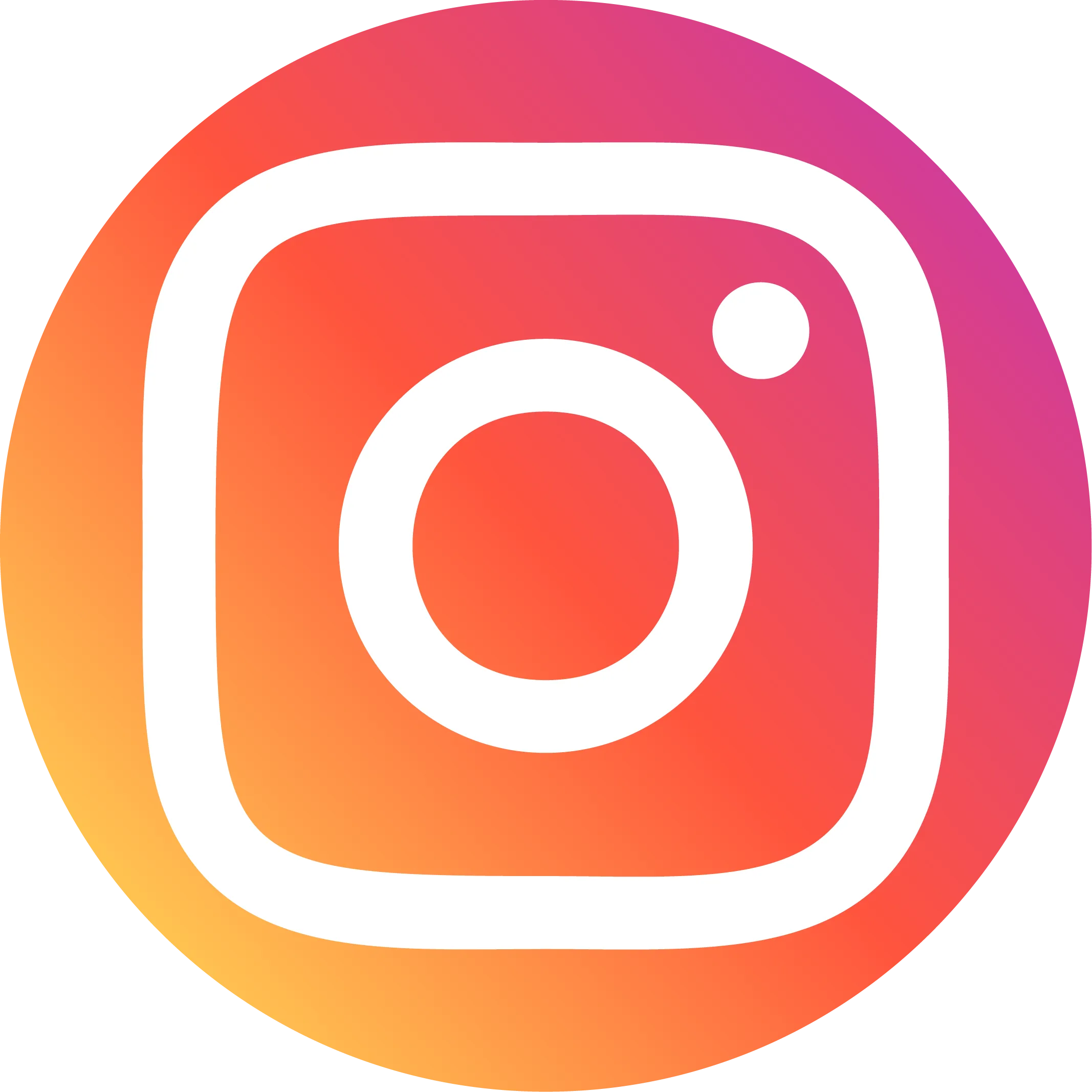Are You Limiting Your Google Ads Performance Max Campaigns with Poor Creative Diversity?
The digital marketing landscape is evolving at an unprecedented pace, with brands constantly seeking ways to maximize impact while navigating budget constraints. As Google continues to enhance its AI-driven tools, such as the newly announced Smart Bidding Exploration, advertisers must recognize that AI thrives on variety. In this competitive environment, AI-powered advertising solutions have emerged as a game-changer, enabling businesses to optimize performance with minimal manual intervention. A prime example of this transformation is Green Umbrella, a child welfare organization that leveraged Google Ads’ Performance Max (PMax) campaigns to achieve a 544% increase in conversions while reducing cost per acquisition (CPA) by 51%.
Performance Max campaigns, powered by Google’s AI, dynamically optimize ad placements across multiple channels—including Search, YouTube, Display, Gmail, and Discover—to reach the most relevant audiences. Yet, the secret to unleashing their complete potential resides in varied ad creatives. By providing a rich mix of video, image, and text assets, marketers enable AI algorithms to test, learn, and deliver the highest-performing combinations. Green Umbrella’s success story underscores how strategic creative diversity, combined with Google Ads automation, can drive exceptional results even with limited budgets.

I. The Strategic Importance of Diverse Ad Creatives
Diverse ad creatives are not just a best practice; they are a necessity for AI-driven campaigns like Performance Max. Google’s AI relies on varied formats to test different messaging, visuals, and placements, ensuring optimal performance across multiple touchpoints. For instance, Green Umbrella’s campaign included horizontal and vertical videos (30 seconds to 2 minutes), high-impact images with embedded messaging, and text ads with broad keyword coverage. This approach allowed Google’s AI to identify which combinations resonated best with different audience segments, leading to a 35% reduction in cost-per-click (CPC).
The logic behind this strategy is straightforward: AI relies on data to perform effectively. The more creative variations available, the better the system can optimize for conversions. Performance Max campaigns automatically distribute ads across Google’s vast network, meaning a single campaign can appear as a YouTube skippable ad, a Discover feed placement, or a Search ad—each requiring tailored creative assets. Without diversity, the AI’s ability to adapt is limited, potentially resulting in missed opportunities. Retail media experiments by Rakuten Ichiba further validate this principle, showing that ads featuring multiple product listings (rather than just high-value items) drove higher sales by catering to diverse consumer preferences.
II. Key Components of Effective Creative Diversity
To maximize Performance Max campaigns, marketers must provide a comprehensive library of creatives. Video materials should include multiple formats (horizontal, vertical, square) and lengths (short clips for YouTube, longer narratives for brand storytelling). Green Umbrella’s use of 30-second, 1-minute, and 2-minute videos ensured compatibility across platforms, from YouTube pre-roll ads to in-feed promotions.
Image assets should fill all available slots in Google Ads, with variations in composition, messaging, and calls-to-action. For example, some images might highlight emotional storytelling, while others focus on clear value propositions. Text materials, including headlines and descriptions, should avoid repetitive keywords to expand reach. Google’s AI then mixes and matches these elements, testing thousands of combinations to identify top performers.
A crucial yet frequently overlooked element is the learning phase. Performance Max campaigns need a minimum of two weeks with minimal interference to enable AI to collect adequate data. During this phase, frequent changes to creatives or targeting can disrupt optimization. Green Umbrella’s disciplined approach—keeping settings stable while the AI learned—was instrumental in their success.
III. AI and Automation: Enhancing Creative Performance
Google’s AI doesn’t just automate ad placements; it refines bidding strategies, audience targeting, and creative rotation to maximize ROI. Features like Smart Bidding (e.g., target CPA or ROAS) adjust bids in real-time based on conversion likelihood, while Optimization Score provides actionable recommendations to improve Google Ads campaign health.
For example, Best Buy saw a 33% increase in return on ad spend (ROAS) after adopting Performance Max campaigns, as Google’s AI identified high-intent shoppers across channels. Similarly, Rakuten’s offsite retail media experiments demonstrated that AI-driven budget allocation—scaling spend proportionally to product prices—led to sustained sales growth even post-peak seasons. These cases highlight how AI complements human strategy, allowing marketers to focus on high-level planning while automation handles granular optimizations.
Topkee’s services align with this AI-driven approach, offering tools like TTO initialization for centralized ad account management and TM settings for flexible campaign tracking. For creative diversity, Topkee’s AI-powered creative production generates tailored text and visual assets, ensuring campaigns meet Performance Max’s demand for varied formats. Additionally, their attribution remarketing strategies use behavioral data to segment audiences and personalize ad delivery, mirroring the precision of Google’s automation.

IV. Comparative Insights from Retail Media Experiments
Retail media offers striking similarities to Google Ads Performance Max campaigns. Rakuten Ichiba’s collaboration with Google revealed that diverse product listings in ads (rather than promoting only premium items) significantly boosted sales. Customers who clicked on an ad often purchased not just the featured product but related items, increasing overall basket size.
Budget allocation also played a crucial role. Rakuten found that doubling the daily budget relative to product price led to optimal sales growth, a principle applicable to Google Advertising Performance Max. By gradually increasing spend while monitoring performance, brands can scale efficiently without overextending resources. These insights reinforce the importance of data-driven experimentation—whether in retail media or Performance Max—to uncover hidden opportunities.
For example, Topkee’s AI-driven budget optimization tools analyze real-time data to recommend spending thresholds, ensuring efficient scaling aligned with campaign goals. Tools like Topkee’s TTO platform can streamline this process by automating conversion tracking and budget adjustments, while its attribution analysis identifies high-impact channels. Topkee’s creative production services help brands generate multi-format ad assets (e.g., AI-generated visuals, tailored video scripts) to fuel AI optimization.
V. Broader Implications for Marketers
The rise of AI in advertising doesn’t diminish the marketer’s role; it elevates it. While AI handles execution, marketers must guide strategy—defining audience segments, crafting compelling creatives, and interpreting performance data. Tools like Google’s Natural Language API and Gemini further enhance this process by analyzing sentiment and predicting trends, enabling real-time Google Advertising campaign adjustments.
For long-term success, brands should adopt a test-and-learn mindset. Performance Max campaigns thrive on continuous iteration—refining creatives, adjusting budgets, and leveraging AI recommendations. As seen with Green Umbrella and Best Buy, those who embrace this approach achieve higher conversion rates, lower CPAs, and sustained growth.

Conclusion and Actionable Takeaways
Diverse ad creatives are the backbone of high-performing Google Ads Performance Max campaigns. By supplying a wide range of assets—videos, images, and text—marketers empower Google’s AI to optimize across channels, driving incremental conversions. Key steps to success include:
- Audit existing creatives to ensure variety in format, messaging, and length.
- Trust the AI learning phase—avoid unnecessary changes during the first two weeks.
- Monitor Optimization Scores and implement Google’s recommendations.
For brands looking to replicate Green Umbrella’s success, the message is clear: AI + creativity = performance. If you’re ready to elevate your Google Ads strategy , consider consulting with experts to tailor these insights to your business goals.







